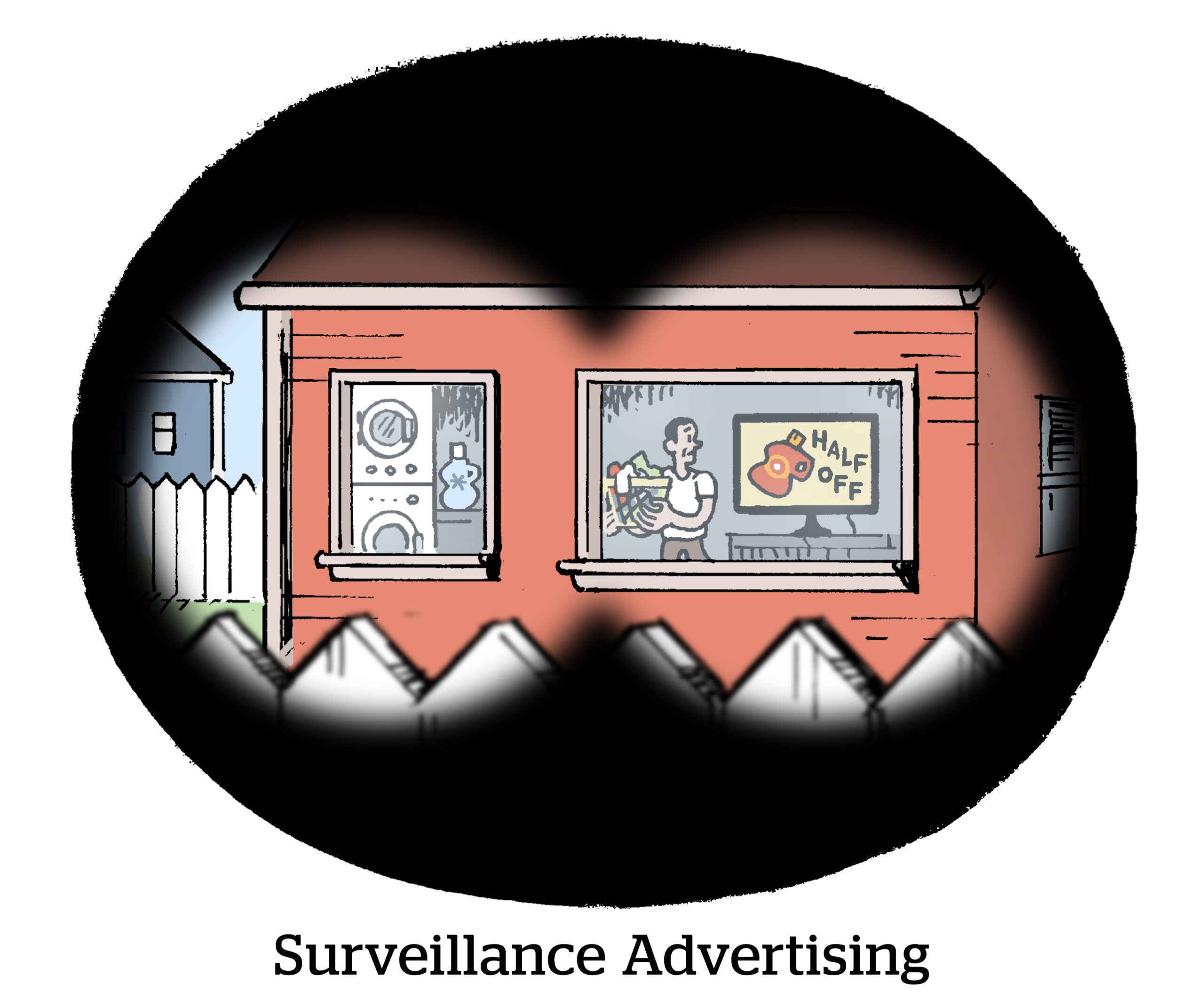
Here’s today’s AdExchanger.com news round-up… Want it by email? Sign up here.
Inside Track
How can I track you? Let me count the … hundreds of thousands of ways.
The Markup analyzed a spreadsheet linked to a public page on Microsoft-owned Xandr’s website, and it was quite the trove of audience data.
The spreadsheet contains 650,000 rows of raw data, each populated with the name of an audience segment and the tech company that supplied the data to create it. In some cases, the file includes the original data source, such as people pegged as recent shoppers by Lululemon or past purchasers of Subarus.
Many of Xandr’s ad categories are rather benign. There are “Dunkin’ Donuts Visitors” and “affluent millennials” (who probably buy their coffee elsewhere).
But there were also plenty of deeply personal, surprisingly specific and sometimes rather bizarre ad categories.
This includes “heavy purchasers” of refrigerated meat pies; people at the “highest risk” of financial issues who live in “poorer unemployed” neighborhoods; people at risk of depression; and one segment labeled “US Politics > Issues & Advocacy > Allow Transgender Bathroom – Oppose.”
The purveyors of these segments are the usual ad tech suspects, including Oracle, LiveRamp, Nielsen, Dun & Bradstreet’s Eyeota and Foursquare-owned Factual.
“It’s the largest piece of evidence I’ve ever seen that provides information about what I call today’s ‘distributed surveillance economy,’” said Wolfie Christl, the privacy researcher who gave the file to The Markup.
What Writers’ Strike?
The Writers Guild of America’s strike is heading into its second month, freezing many productions planned by streaming video platforms. Popular original series like Netflix’s “Stranger Things,” Disney+’s “Andor” and HBO’s “The Last of Us” have been put on indefinite hold.
But marketers and agencies aren’t too worried that the ongoing labor dispute will force them to rethink their deals with these platforms, Marketing Brew reports.
Most marketers feel streamers have enough content in their libraries to weather the strike, according to a recent survey by Advertiser Perceptions, which found that 17 out of 20 advertisers polled don’t anticipate that the strike will affect future spending.
Even those marketers who have already purchased ads on original programming that will be affected by the strike say they’ll simply reallocate those budgets to other placements on the same platforms.
However, some streamers are more dependent on original programming to keep their subscribers engaged. And if a prolonged strike leads to subscriber churn, it could force brands to reconsider their spending priorities, said OMG’s Kelly Metz.
Any pullback in ad spend would obviously spell trouble for streamers, which have already seen ad revenue decline 28% YOY to $352 million in Q1 this year, according to MediaRadar.
Prime Movers
Ad-supported subscription tiers have proven successful for Netflix and Disney+. But Amazon Prime Video faces unique challenges in introducing its own ad-supported subscriptions, writes Eric Seufert at Mobile Dev Memo.
Netflix introduced its newly rechristened “Standard with Ads” tier at a lower price point than its other subscriptions. Meanwhile, Disney replaced its lowest priced subscription with the ad-supported tier and jacked up the price of its ad-free service.
Prime Video can be purchased as a standalone subscription, but a large proportion of users likely get their subscription bundled with an Amazon Prime membership. (Amazon doesn’t report the split between bundled and standalone subscribers.) Analysts speculate Amazon will bundle its ad-supported subscription with Prime, then go the Disney route and charge a premium to remove ads.
But it’s unclear how many users would be willing to pay to upgrade a service they might not have signed up for if it didn’t also include Prime’s other perks.
However the pricing shakes out, the move to introduce an ad-supported Prime Video tier makes sense for Amazon, which has become increasingly dependent on ad revenue. In Q1 this year, Amazon’s ad revenue grew 20% YoY to $9.5 billion, which has tripled since the company started reporting it in 2020.
But Wait, There’s More!
Generative AI amplifies and exaggerates existing biases about skin tone and gender. [Bloomberg]
CEO Mark Zuckerberg details his plans to get Meta back on track, including launching a Twitter competitor, boosting Reels to take on TikTok and (eye roll) blending AI and the metaverse. [NYT]
Not to be outdone by Meta, LinkedIn launches its own generative AI tool for ad copy. [VentureBeat]
TikTok partners with gas station DOOH company GSTV to bring its short-form video content to pump-mounted displays. [MediaPost]










